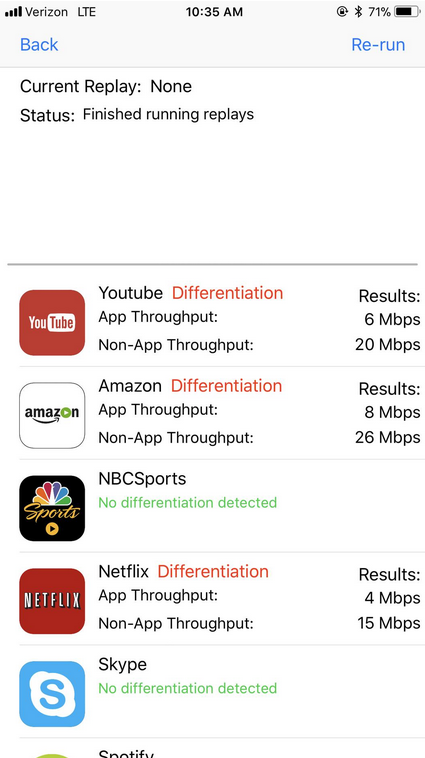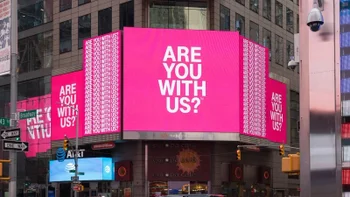Apple has a change of heart and approves an app that finds net neutrality violations

FCC chaiman, Ajit Pai; photo by Zach Gibson/Bloomberg
Senate Democrats are frantically searching for the one more vote from the other side of the aisle they need, which would guarantee the passage of a resolution to restore net neutrality. The Trump FCC has repealed net neutrality and the Senate has 30 days left to overrule the FCC's decision. For those unfamiliar with the concept, net neutrality prevents carriers/ISPs from charging more for subscribers to visit certain websites or to favor certain content.

This screenshot of the Wehe app shows Verizon throttling the Netflix, YouTube and Amazon apps
As we noted, Apple first rejected Wehe with one App Store reviewer telling Coffnes that the researcher's app "has no direct benefits to the user." But the company had a 180 degree change of heart, and has now approved it for the App Store.
How carriers go about throttling data speeds
Video streaming content is usually the prime example when we discuss carriers' throttling practices and net neutrality. However, after a lot of testing and investigation, David Coffnes and team eventually found that carriers typically don't throttle content based on type; for example, the rule doesn't look like this: "if video, then throttle". Instead, it turns out carriers look for specific meta data – keywords somewhere inside the data stream that may, in some way, describe the content as video, and thus – a potential target for streaming speed management. Such keywords could be "video" or "netflix".
This discovery, of course, isn't meant to reveal a technique that could be eventually used by certain content providers to 'escape' throttling, but is a valuable insight into how carriers currently go about throttling nonetheless. In the future, tools similar to what Coffnes' team has created may prove instrumental to revealing provider throttling practices, providing a much needed level of transparency into the issue, and helping users be more informed as to which content or service providers would better suit their needs.
source: Motherboard
Follow us on Google News














Things that are NOT allowed:
To help keep our community safe and free from spam, we apply temporary limits to newly created accounts: